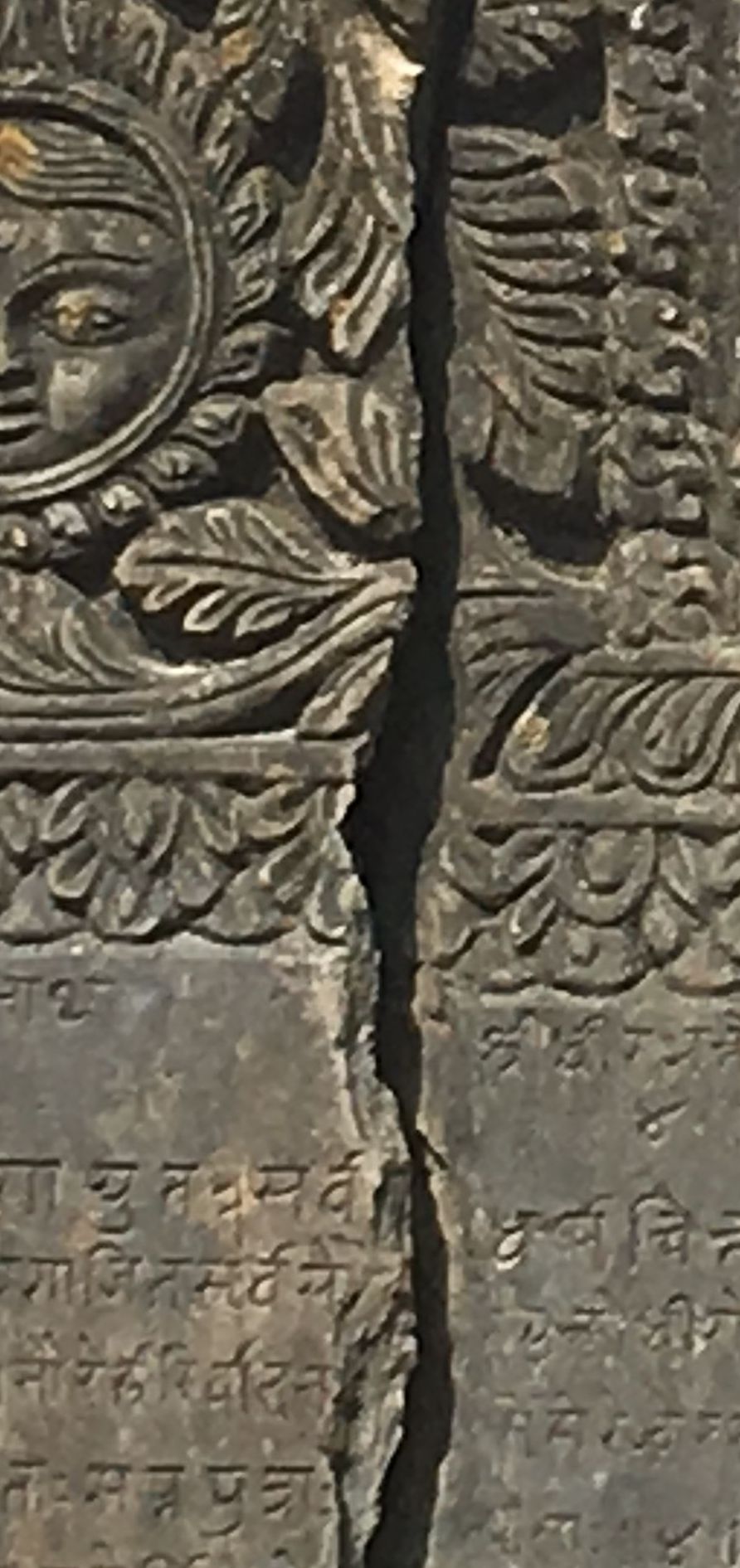Robin Coningham
Seismic safety
Interdisciplinary approaches for assessing resilience and pathways towards the rehabilitation of the cultural heritage of Kathmandu in post-earthquake Nepal
- Time: Monday, 22 October 2018, 17:00
- Venue: Theatersaal of the Austrian Academy of Sciences, Sonnenfelsgasse 19, 1010 Vienna
- Organisation: Nina Mirnig, Verena Widorn, Christopher Davis
Public keynote lecture in conjunction with the international symposium "After the earthquake: Research, protection and preservation of Nepal’s cultural heritage"
Symposium start page
Speaker
Prof. Robin Coningham is the UNESCO Chair on Archaeological Ethics and Practice in Cultural Heritage, Durham University, UK.
Abstract
Kathmandu’s medieval cities and shrines are exceptional architectural and artistic achievements underpinned by traditions of seismic adaptation developed over centuries. They host urban infrastructure of tangible and intangible value and play vital roles of cohesion in the life of thousands, representing portals where the heavens touch earth and people commune with guiding deities. Kathmandu’s iconic skyline was dramatically altered by the 2015 Gorkha Earthquake and there is pressure to reconstruct swiftly as these community assets also generate 7.6% of the country’s Gross Domestic Product through tourism.
A human tragedy, the earthquake was also a cultural catastrophe and damaged 403 monuments in Kathmandu’s historic urban infrastructure. Although Official Development Assistance (ODA) pledges for the rehabilitation of this damaged heritage amount to $2.5 billion, there is a lack of research and clear tensions between Sendai’s ‘Build Back Better’ framework and the obligation to preserve the authenticity and intangible values of Kathmandu’s UNESCO sites; a tension which threatens the protection of these monuments of Outstanding Universal Value.
Many risk reduction strategies have involved the demolition of historic monuments without assessment of why, or how, they collapsed. Without recording earlier structural phases, or even the stability and integrity of foundations, many historic monuments are rebuilt privileging modern materials, even though such materials are not necessarily suited to seismic flexibility and resilience and also ignore successful histories of vernacular systems. Furthermore, the use of new materials such as bricks, rather than the recycling of reusable salvage, incurs high economic and environmental costs. In addition, key stakeholders, including residents, craftspeople and tour operators/business, are frequently excluded from decision-making processes on reconstruction, even though the risk to them, and their livelihoods, remains.
In response, the British Academy Global Challenges Research Fund sponsored project ‘Reducing Disaster Risk to Life and Livelihoods by Evaluating the Seismic Safety of Kathmandu's Historic Urban Infrastructure’ (CI), brings together a multi-disciplinary Nepali and international team of archaeologists, architects, geoarchaeologists, social scientists, 3D visualisation experts, philologists and engineers to address these challenges. Combining their expertise, the team is co-producing a ‘heritage ecosystem’ approach to traditional monuments through an assessment of historic construction practice, traditional construction ability and materials, and the links between local stakeholder groups, the built environment and intangible practices. Combined with dissemination activities, including exhibitions, briefings and workshops, our activities are already informing the reconstruction and rehabilitation of parts of Kathmandu’s historic infrastructure and co-designing frameworks and guidelines for the enhanced protection and resilience of Nepal’s cultural heritage in the face of future natural disasters.

